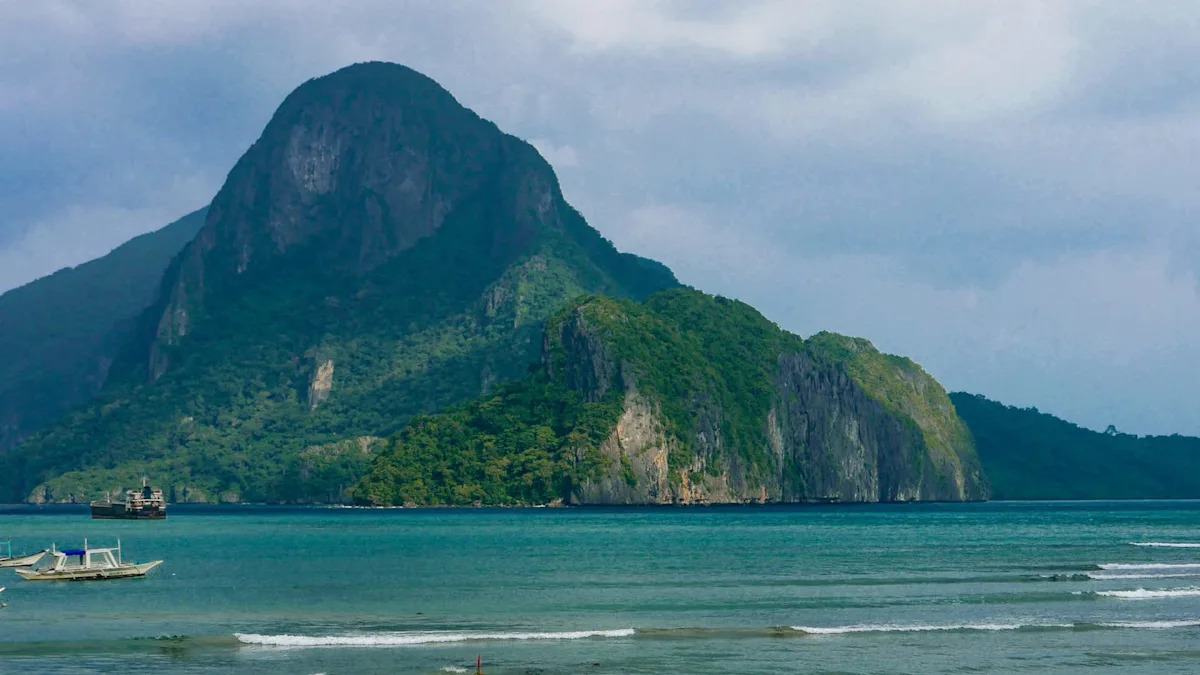An expedition to track rare species in the Philippines turned out to be a stunning success.
Conservation International spent several weeks in the protected lands of Mount Mantalingahan on the island of Palawan. The area is teeming with wildlife found nowhere else on Earth. Aided by local guides, the team set up dozens of trail cameras, which captured a trove of images of the island’s unique fauna.
Among the finds was the Alcalus mariae or Palawan eastern frog. Its scientific name comes from Mary, the spouse of Robert F. Inger, an American herpetologist who first described the species in 1954. It’s a particularly exciting discovery, as the frog is so rarely seen and is considered an indicator species. The presence of animals like the Palawan eastern frog signals a healthy ecosystem.
The team was also delighted by the appearance of the Palawan soft-furred mountain rat, described as one of the least-known mammals in the country.
“We couldn’t believe that one literally walked right by our campsite,” said Erickson Tabayag, the expedition lead, per Conservation International. The intrepid rodent was in search of vegetable scraps from the kitchen area. Though not considered endangered by the International Union for Conservation of Nature Red List, its tiny natural range means its long-term viability is precarious.
The expedition also discovered other amphibians, birds, insects, and plants exclusive to the region. It underlines the importance of safeguarding the Philippines’ natural heritage, which is threatened by rampant deforestation. The story also demonstrates how valuable trail cameras have become to conservationists.
Camera traps worldwide have proved invaluable for tracking some of the planet’s most elusive species. The findings are often unexpected, whether it’s a clouded leopard and her cubs or the first recorded sighting of a chevrotain in 30 years.
Trail cameras offer a nonintrusive way to safely monitor an animal’s presence in a given area and to formulate fruitful local measures to protect wildlife. They’re also a powerful tool for encouraging public support, as Tabayag said, per Conservation International: “Each photo offers another reason to protect this remarkable refuge.”
Join our free newsletter for good news and useful tips, and don’t miss this cool list of easy ways to help yourself while helping the planet.
